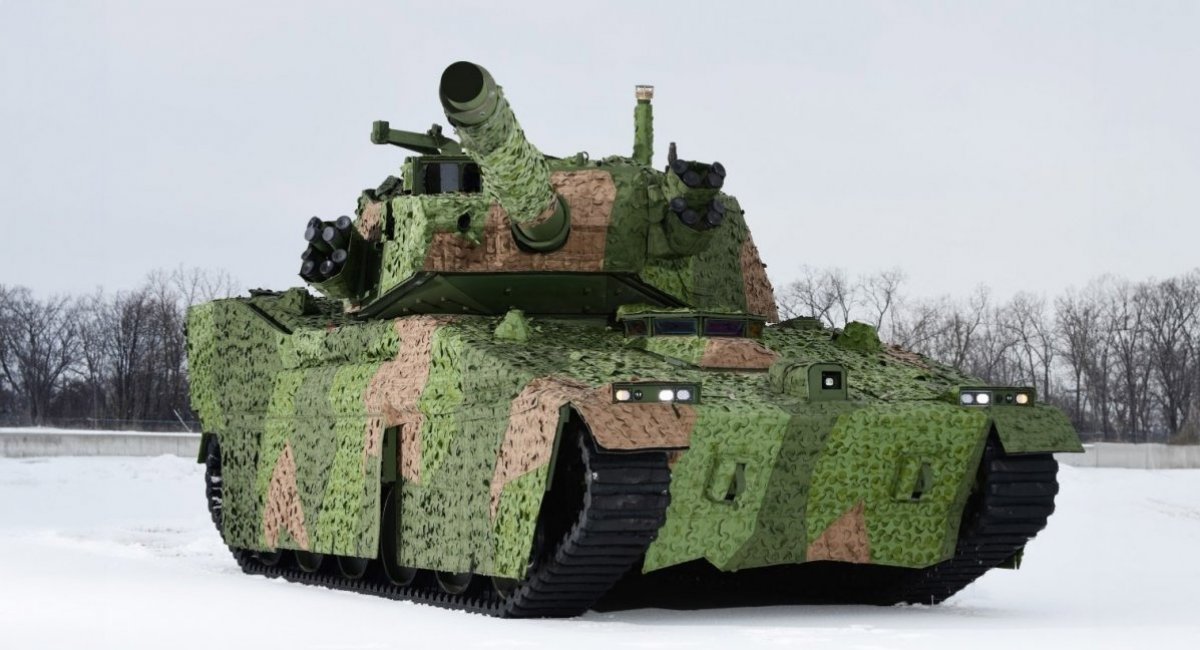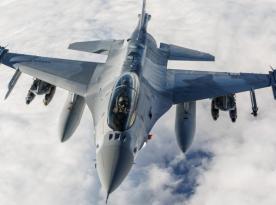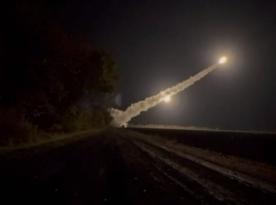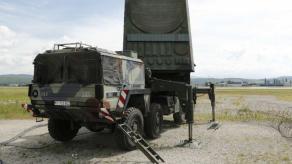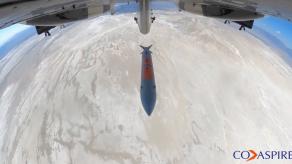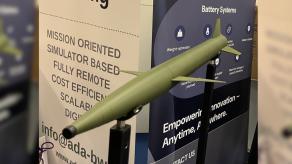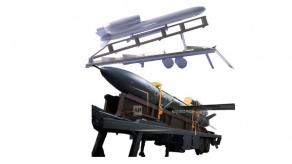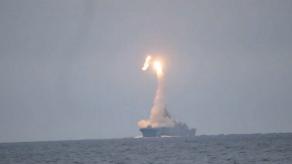Mobile Protected Firepower, the competition to create a new light tank for the U.S. Army, was handled almost manually and led to selection of a tank that does not meet the conceptual requirements and is simply not needed by the customer.
This cautious assumption can be made after the Pentagon admitted that they spent more than $1.8 billion and 10 years on the M10 Booker light tank, which became the product of repeated changes in system requirements throughout the project. These changes on the run allowed the Griffin from General Dynamics Land Systems to fit in and snatch victory despite initially being out of consideration.
Read more: The BMP-55 Project Based on the T-55 Tank Remains Relevant, but Faces a Major Obstacle

Rivaling GDLS was BAE Systems with an offer of a reimagined M8 (also known as the 105mm Armored Gun System). The original M8 was developed by FMC Corporation, which later separated its defense projects into a separate company, United Defense, acquired by BAE Systems in 2005.
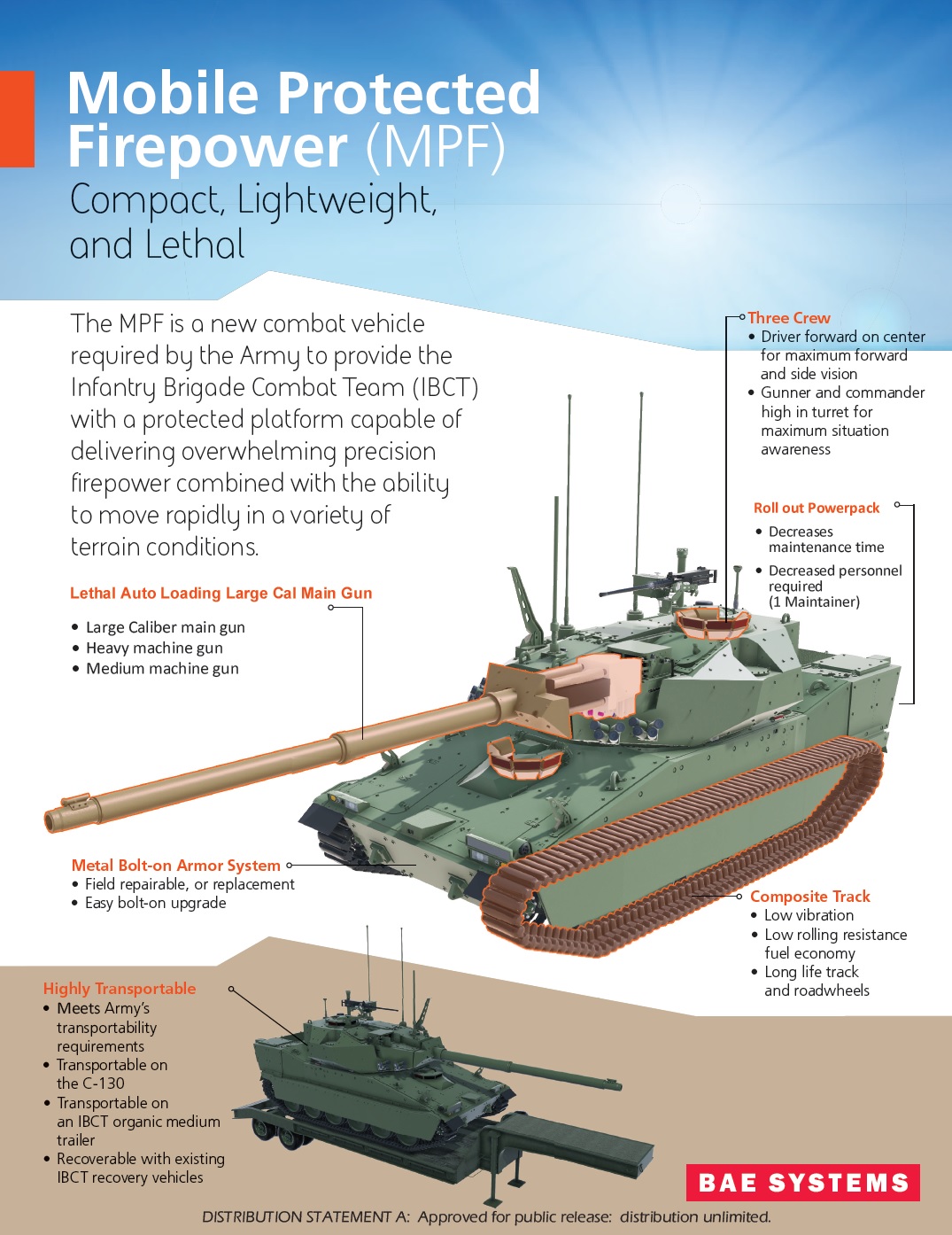
The M8 concept was created back in the 1990s to replace the M551 Sheridan light tank for the American airborne forces. Therefore, when the command of the 82nd Airborne Division formulated the request for the Army's new light tank in 2013, the BAE Systems proposal was already the closest to what they wanted.
For example, the M8 could be parachuted from a C-130 Hercules, as this capability was envisioned for the tank back in 1990 during its development. Moreover, a prototype successfully landed from a height of 400 meters in 1994. Then, in 1995, the vehicle received its official designation and class, but the production order was canceled in 1996.
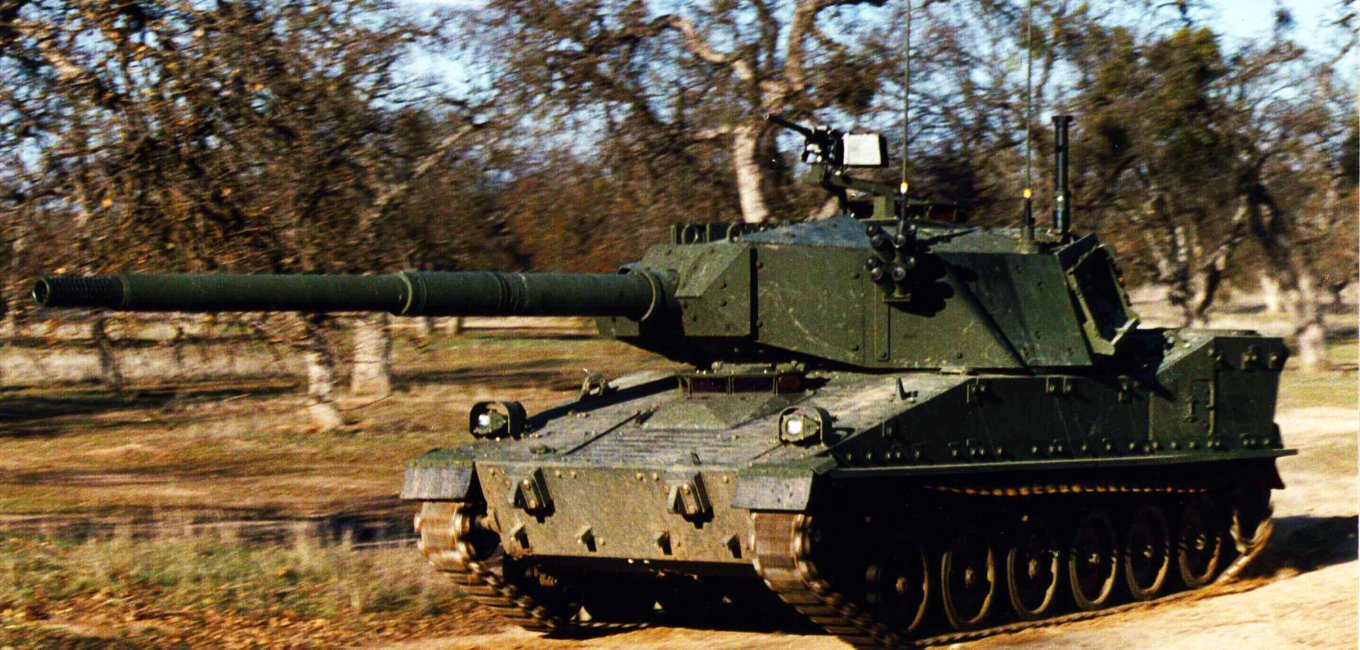
However, when in 2015 the U.S. Department of Defense began collecting proposals for the Mobile Protected Firepower contest, the not only airdrop requirement but also for C-130 transportability in general disappeared. Practically, this allowed General Dynamics Land Systems to participate in the competition at all: the M10 Booker is 3.65 meters high while the C-130's cargo bay vertical dimensions are 2.74 meters. There was no such problem with the M8 as its height was 2.5 to 2.6 meters.

That's not all. In 2022, the Pentagon removed another very important requirement for the new combat vehicle, the optional piloting, i.e. the ability to operate without a crew. General Dynamics Land Systems could not fully implement this capability because their machine did not have an automatic loader. That is, there was nobody to load the round into the gun in the unmanned version. As you might guess, the M8 and its updated version from BAE Systems had an automatic loading system for a similar 105mm gun.
It isn't clear exactly when this requirement was canceled but in March 2022, defense dept. simply excluded the BAE Systems proposal from the Mobile Protected Firepower project citing requirement compliance problems. The decision was left without clarification, was neither opposed nor commented on by Pentagon officials or BAE Systems.
And this is how General Dynamics Land Systems won the competition in June 2022 with Griffin as its only participant. But the main problem came when the U.S. Air Force changed the load capacity standards of the C-17 Globemaster III and the aircraft could no longer take two M10 Bookers which weigh at least 38 tons each.
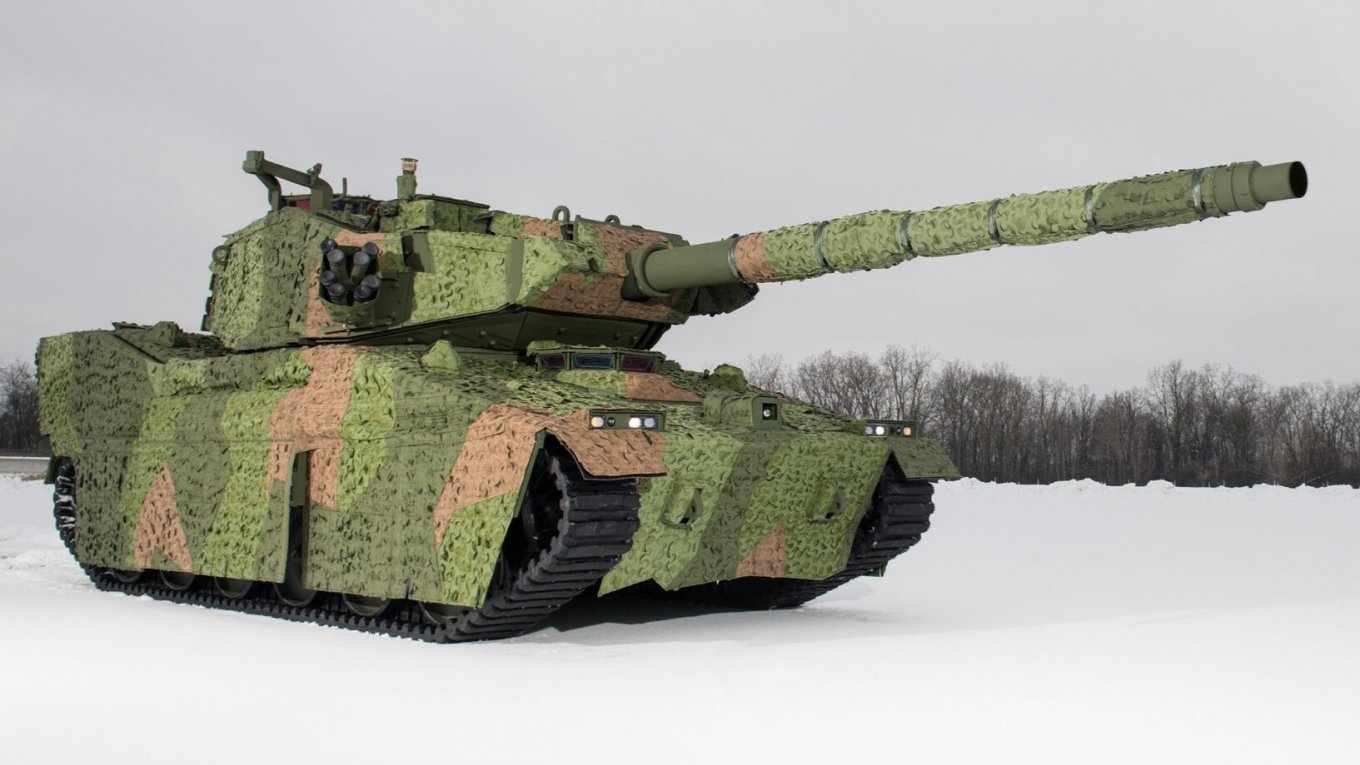
BAE Systems did not specify the weight of the updated M8, but the original design of this vehicle provided for three options for armor. The basic (level 1) tank had an equipped weight of 18.1 tons and could be paradropped, the armor protected from 14.5 mm in the front and 7.62 mm bullets on other sides.
Adding additional armor (level 2) allowed it to withstand frontal hits by 30 mm rounds and by 14.5 mm all around, the weight grew to 20 tons losing the airdrop deployment but it was still possible to carry by a C-130. The heaviest version (level 3) included explosive reactive armor, bringing the total weight to 24 tons, beyond the C-130 transportability limits.

Based on the revealed capabilities of the update project, BAE Systems kept the same approach regarding optional armor, and considering their light tank could be transported even by a C-130, its weight should be about 19 or 20 tons at most. In that case, a C-17 could take not just two but even three M8s at once, and in the most protected version.
Why exactly the Pentagon decided to give preference to the General Dynamics Land Systems' proposal and why they changed the requirements of the Mobile Protected Firepower project, as well as the reasons behind excluding BAE Systems, may become known later.
Read more: T-72 With Leclerc's Turret and T59 Project: Underappreciated Tank Experiments of the Past



